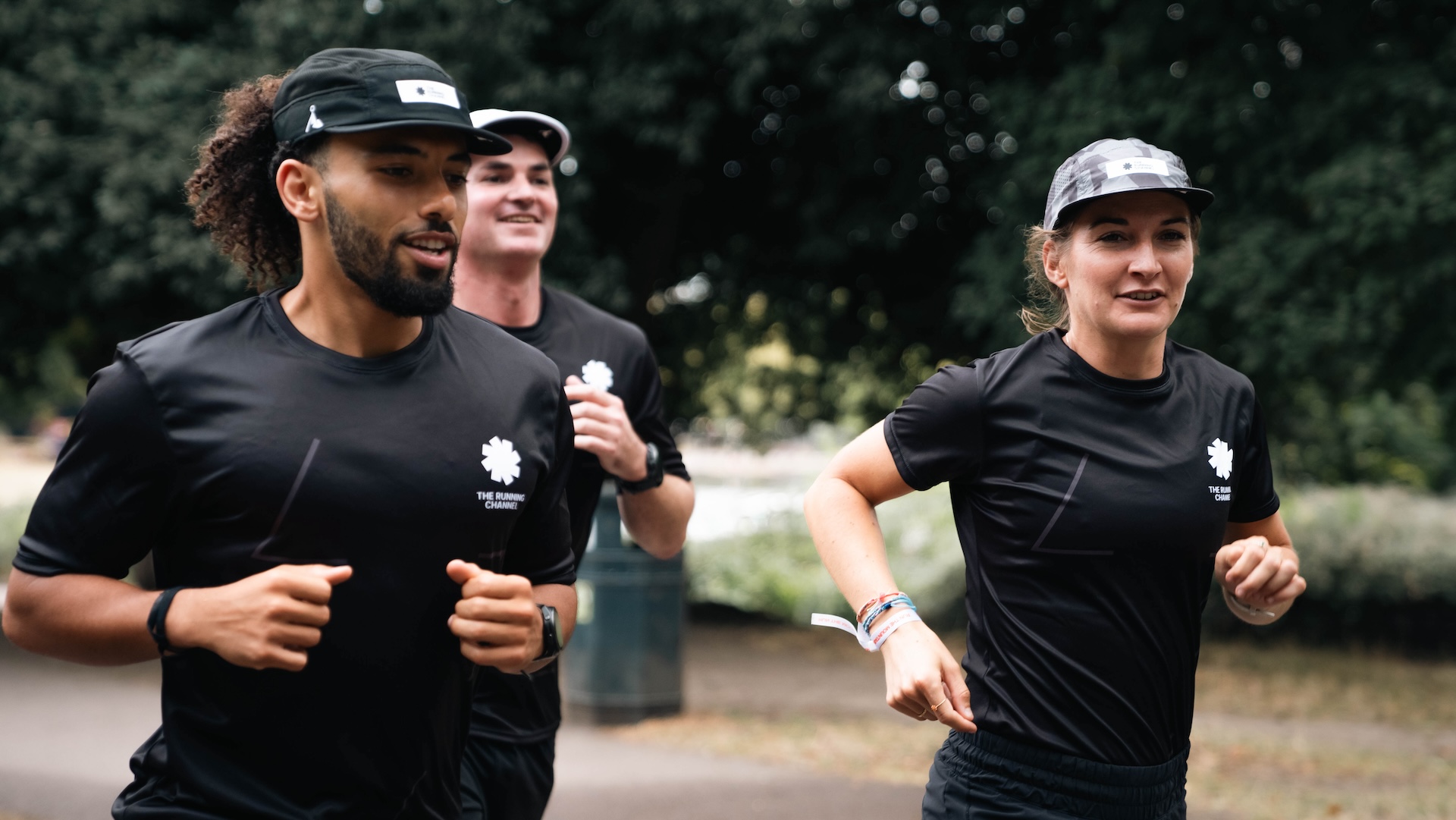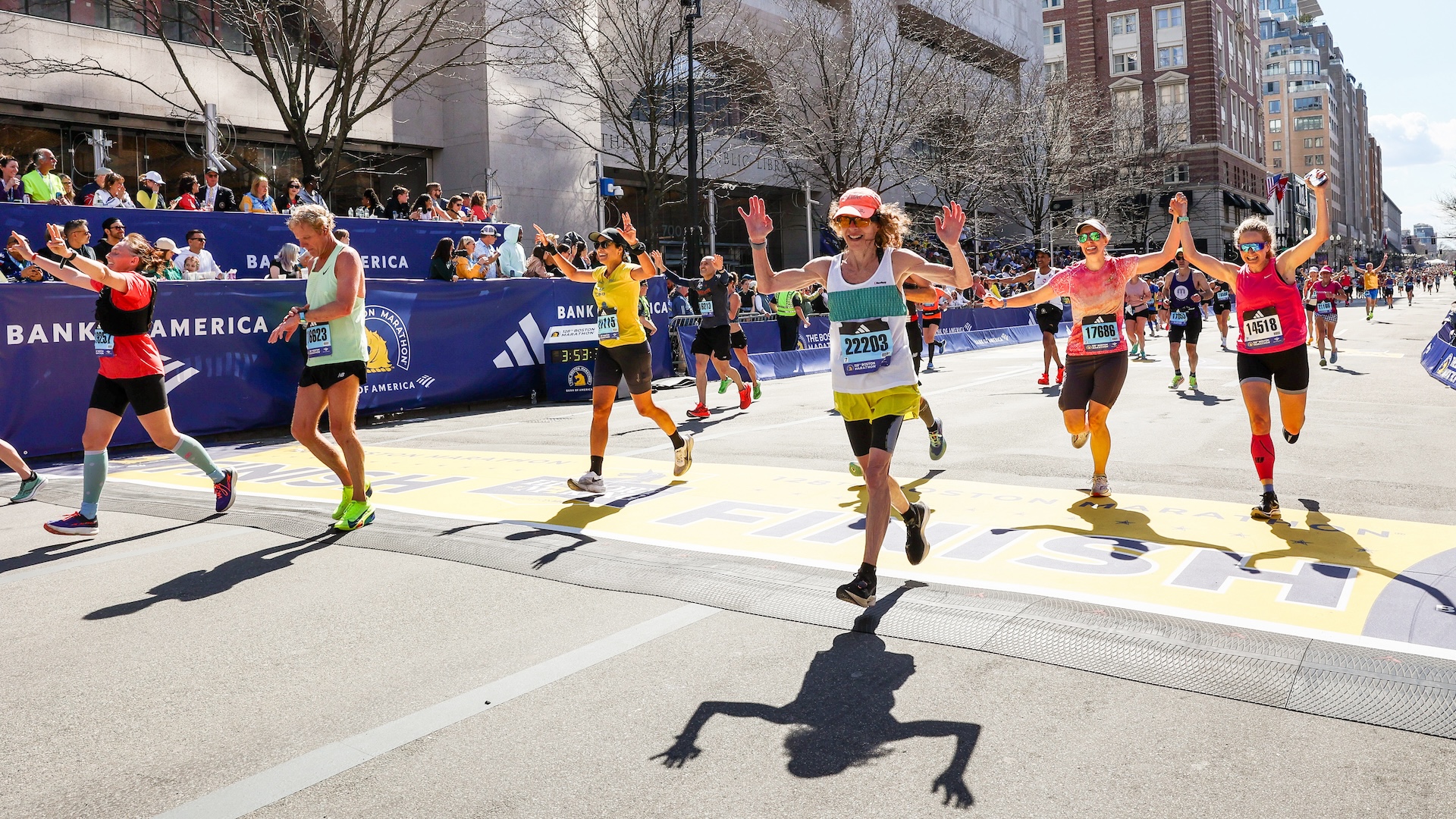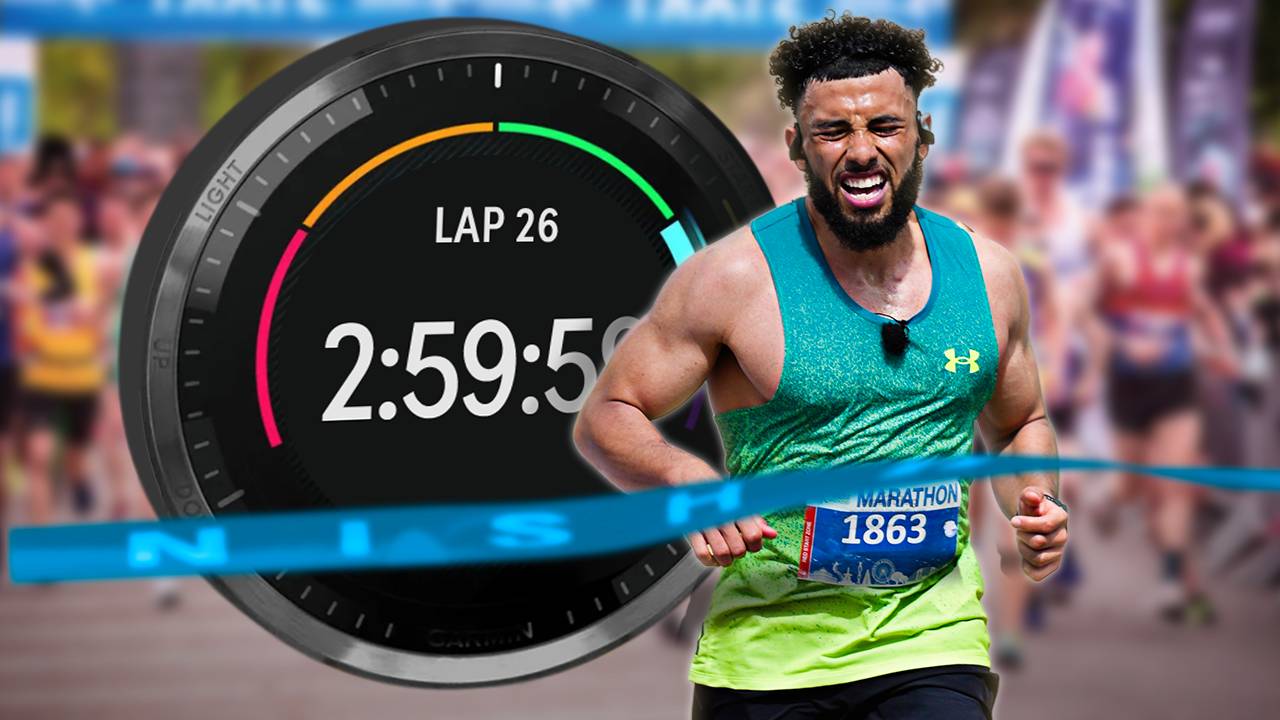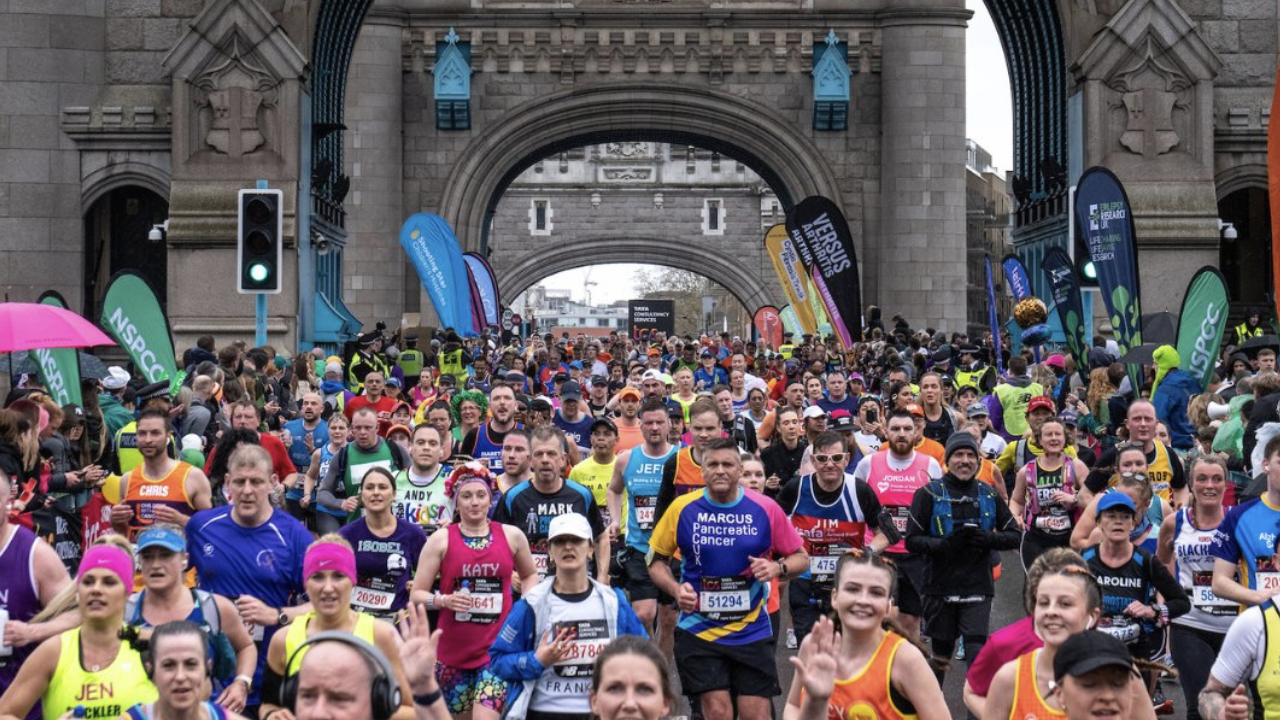What Is Conversational Running Pace?

You hear about ‘conversational pace’ when running, but what does that really mean and why should you run at a conversational pace?
WHAT IS CONVERSATIONAL PACE?
A conversational running pace means you’re able to speak in sentences while you’re running.
Using the ‘talking scale’ is a great way to measure your effort without relying on stats like running pace or heart rate.
It’s simple: can you comfortably talk while you’re running? If so, that’s conversational pace for you, and if you can’t speak then you might want to slow down a little.
HOW FAST IS CONVERSATIONAL PACE?
Conversational pace isn’t a number on a watch, and every runner will have a different pace at which they’re able to hold a conversation. The key detail is that you should be running at a relatively slow, steady pace, and not running fast.
That’s what makes ‘conversational’ a good measure of the effort you are putting in: if you can talk, then your effort level is relatively easy for you.
If you find that you can only speak in broken sentences, saying one or two words at a time when running, then it’s a sign that you may want to slow down because your breathing or heart rate are elevated.
As you become more experienced as a runner, you’ll have an idea of what actual pace is going to be ‘conversational’ for you, but it could change with each run – different weather, different terrain, or just how you’re feeling on the day, could all impact your run ability on any given day.
IS CONVERSATIONAL PACE RELEVANT FOR NEW RUNNERS?
New runners may find that their breathing is heavy, and that they are focusing a lot on how they are breathing (or just on how they are running), meaning they’re unable to say more than a word or two at a time.
For that reason, a conversational pace isn’t something very new runners should be overly concerned with in the first few months (though if you’re able to run and talk, then that’s great).
As you build up more fitness, running will come to feel a little easier and you’ll have better control over your breathing and your ability to speak.
This may also be different for runners who have asthma, as they may find it harder to run and talk, even at an easy pace.
WHAT IS THE EQUIVALENT OF CONVERSATIONAL RUNNING PACE?
A conversational running pace should be a Zone 2 effort. Most running or sports watches will be able to give you an idea of what zone you are in, but a Zone 2 run is a slow to moderate pace easy run, with a RPE (rate of perceived exertion) of 3-4 out of 10.
SHOULD EVERY RUN BE AT A CONVERSATIONAL PACE?
Most runs should be at a conversational pace, or in Zone 2, and some runners will do all of their weekly runs at this intensity.
But if you’re training for a race then you might do one or two faster runs each week, which won’t be at conversational pace. Interval workouts or threshold runs will be a harder effort (Zone 3-4) where talking will be harder.
It is possible for runners to still maintain conversations during faster runs, even during races like a half marathon, but the sentences are broken and delivered a few words at a time.
WHAT ARE OTHER WORDS FOR CONVERSATIONAL PACE?
You might have other terms in your training like easy pace, easy run, base run, chatty run or Zone 2 run. These are all runs that you do at a similar effort to a conversational pace.
***
Do you use the ‘talking scale’ as a way of measuring your perceived effort on a run?



























Running News
Eliud Kipchoge Will Run The 2025 Sydney Marathon!
The 2025 London Marathon Aims To Be The World’s Largest Marathon!
Will A Woman Run A Four-Minute Mile? Research Says It’s Possible